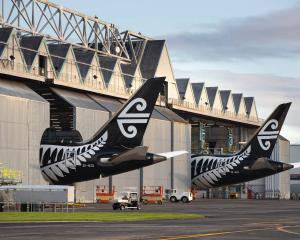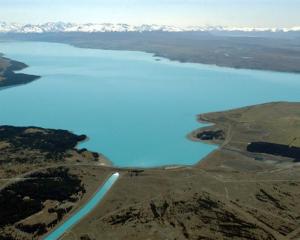
The report uses an "economic temperature gauge" to measure how hot or cold economic activity is.
The top of the South Island and the West Coast, Bay of Plenty and Northland were all classed as frosty, which was the lowest ranking, while Auckland, Wellington, the lower North Island, Canterbury and Otago rated cold — the second-lowest.
Westpac senior economist Satish Ranchhod said households and businesses in every region reported ongoing challenges. But feedback also suggested some of those frosty conditions were showing early signs of thawing and there was growing optimism about the outlook for the economy over 2025.
Feedback from those in the South Island was less negative than that heard in the north. That was partly due to improving conditions in some of the agricultural industries like dairy and horticulture and there had also been an ongoing recovery in international visitor numbers which had been supporting spending in areas like Queenstown.
While Southland’s economy had "lost some steam" with a drop in job advertisements and employment levels, the region’s labour market remained in better shape than most other parts of the country with employment sitting at just 3.7%.
Retail spending levels had been firmer than in many parts of the country, rising 1.5% over the past year but many hospitality businesses were still struggling.
In the construction sector, dwelling consent numbers were down 5% over the past year and there had been a drop-off in the amount of non-residential work being consented. Manufacturers were also reporting soft sales.
In Otago, Queenstown continued to run "as a bit of a two-speed economy". Businesses catering to international tourists, especially those from higher spending markets like the United States were seeing solid demand, while those more focused on domestic customers had seen softer conditions.
"In Dunedin and other parts of the region, many businesses told us that there was no momentum in demand. The retail and hospitality sectors are still doing it tough and many businesses have been shedding staff," he said.
Significant spending on infrastructure and commercial building projects was providing those in sectors like construction, manufacturing and some professional services with a solid pipeline of work.
Cost pressures had been easing and were expected to be more modest over the year ahead but there were still expected to be large increases in areas like local council rates and insurance. "Following the margin squeeze in recent years, some businesses may not be able to absorb further cost increases," he said.












